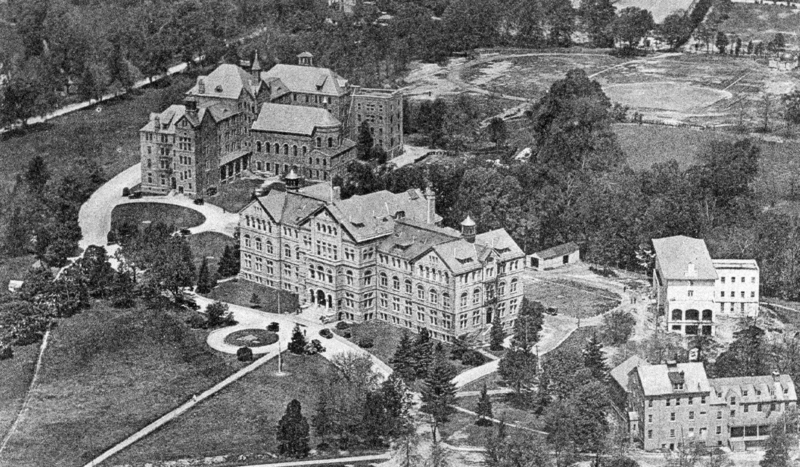
NOTE: Enjoy this excerpt from The American Daily Reader, by CatholicVote president Brian Burch and Emily Stimpson Chapman. To order the complete volume, visit the CatholicVote store today!
The bishops of the United States wanted a school, but not just any school. They wanted a research university, where both clergy and laity could pursue advanced studies in theology, philosophy, and other fields of knowledge that intersected with faith and morals.
The bishops discussed the idea for such a university at the Second Plenary Council of Baltimore in 1866. They approved the idea at the Third Plenary Council in 1884. In between councils, supporters secured a generous donor willing to underwrite the endeavor and sought (then later obtained) Pope Leo -XIII’s blessing.
Once the bishops agreed to move ahead with the plan, they picked a location-Washington, D.C.—and a name—The Catholic University of America. They also picked the man to take charge of the university, appointing the bishop of Richmond, the Most Reverend John J. Keane, as the school’s first rector.
Less than four years after the council’s decision, on May 24, 1888, the bishops gathered to lay the cornerstone for Catholic University’s first building: Caldwell Hall. President Grover Cleveland, members of Congress, and members of the president’s cabinet also turned out for the event, which took place not far from the Capitol in the -city’s Brookland neighborhood.
Although the university’s early decades weren’t always the most financially stable (at one point, bad investments by its administration led the bishops to take up a nationwide collection for the school), Catholic University grew in other ways at a rapid pace. Before its first year was out, the university added a program in canon law. By 1904, it welcomed undergraduates.
The community around the university grew as well, with religious orders and institutions from across the nation acquiring property, building homes, and setting up their novitiate houses in the surrounding neighborhood. Between 1900 and 1940, more than 50 orders rented or owned property in the vicinity, earning the neighborhood the nickname “Little Rome.”
Today, more than 5,000 -students—graduate and -undergraduate—are enrolled in the school the bishops built.

